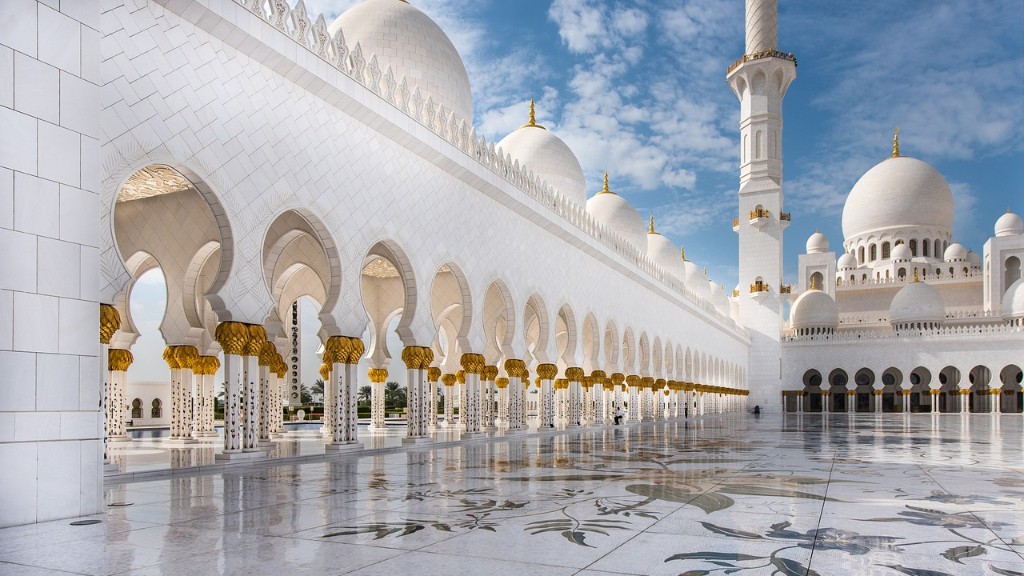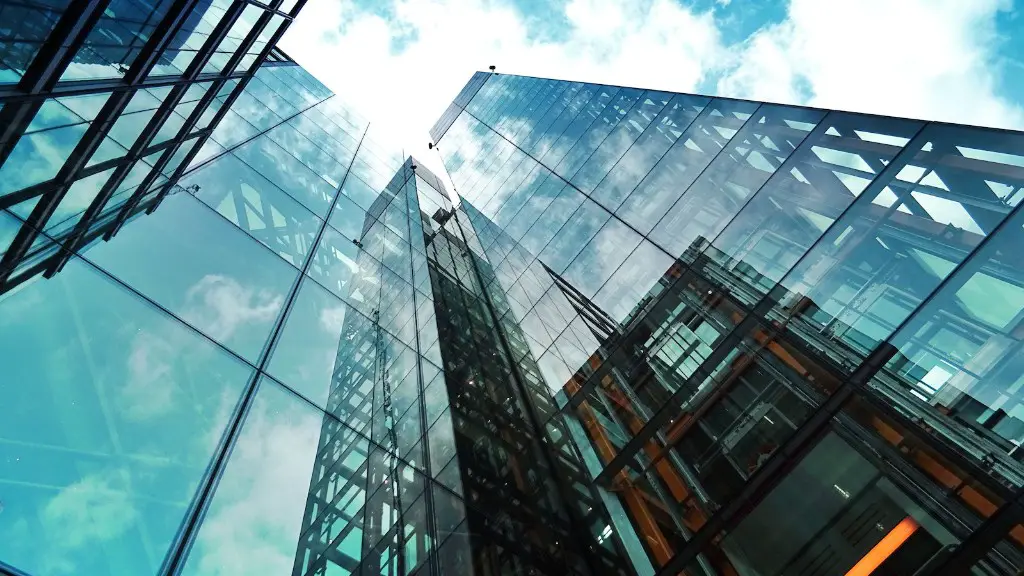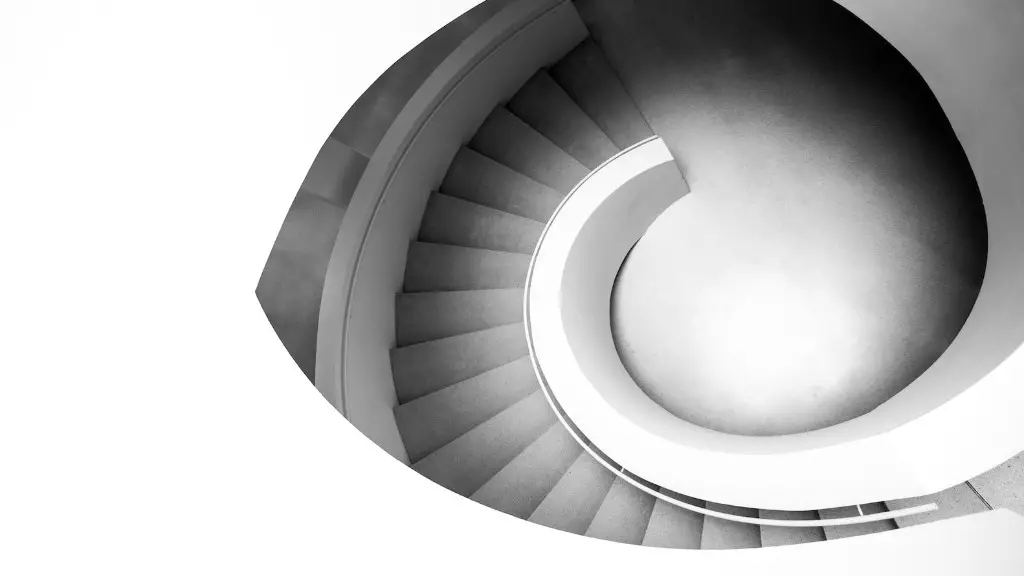Introduction to Modern Architecture
Humankind has been building houses and other structures since ancient times, but the concept of modern architecture emerged in the first half of the 20th century. During this era, new materials, technologies, and philosophies were developed that pushed the boundaries of traditional architectural styles, giving rise to what is now known as modern architecture. But who is responsible for the birth of modern architecture? Several innovative minds have contributed to its development, allowing us to enjoy the iconic designs of today.
Rationalism
One of the most influential figures in the emergence of this style was the Italian architect and urban-planning theorist, Antonio Sant’Elia. He was a pioneer in the development of Rationalism – a belief that stated that architecture should be determined by structure and function rather than aesthetics and tradition. His 1914 manifesto proclaimed that form should be determined by the purpose for which it is intended – an idea which would shape the development of modern architecture for the following decades.
Bauhaus
A major influence on modern architecture was the Bauhaus school of art and design, which was founded in Weimar, Germany, in 1919. Founded by Walter Gropius, the school focused on unifying the principles of technology, craftsmanship, and aesthetics. Its ideas of versatility and standardization would go on to shape modern architecture, resulting in the sleek and functional look of many of today’s buildings.
The International Style
In the following years, the International Style would emerge – a style of architecture derived from the philosophies of the Bauhaus school, developed by architects such as Ludwig Mies van der Rohe, Le Corbusier, and Walther Gropius. This style emphasized the use of light, open interiors and an exterior defined primarily by its functionality. These architects created some of the most iconic works of modern architecture, such as the Neue Nationalgalerie in Berlin and the Villa Savoye in France.
The Modern Movement
The development of modern architecture gained further momentum in the 1930s with the emergence of the Modern Movement. This style, spearheaded by architects such as Alvar Aalto, Richard Neutra, and Frank Lloyd Wright, drew heavily on the principles of the International Style, but added populist elements, such as the use of natural materials and an emphasis on the designing of homes for people, not just for convenient living.
Postmodernism
In the 1970s and 1980s, modern architecture was replaced by the Postmodern Movement, which saw a return to traditional and classical forms of architecture. This style of architecture was designed to add more emotion and meaning to buildings, while still incorporating the principles of modern architecture. The works of architects such as Robert Venturi and Michael Graves, who are closely associated with the movement, are some of the most influential works of modern architecture.
Material Solutions
The development of modern architecture was also spurred on by new technologies and materials that allowed architects to create structures that were unprecedented in terms of their size and complexity. Materials such as steel, concrete, and glass allowed for the construction of buildings that were larger, taller, and more efficient than anything that had previously been built. In addition, new construction techniques, such as pre-fabrication and modular construction, allowed architects to produce structures that were more durable and flexible than those in the past.
Sustainability
Modern architecture is also heavily influenced by the need to create buildings that are sustainable and energy-efficient. Many architects strive to design structures that are environmentally friendly and reduce the impact that buildings have on the environment. Building materials and construction techniques are often chosen to reduce the energy consumption of the building, and increasingly, renewable energy sources such as solar power are being used to power modern buildings.
Pop Culture Influences
Modern architecture has also been heavily influenced by trends in popular culture. Aesthetic trends, such as minimalism and Brutalism, have had a major impact on the look and feel of modern architecture. In addition, many modern architects have taken cues from popular culture when designing their buildings, creating structures that blend the traditional and the modern in a way that appeals to a broad range of people.
Legacy of Modern Architecture
At its core, modern architecture is about pushing the boundaries of traditional architectural forms and pushing the possibilities of design and construction. Despite the emergence of other architectural styles, modern architecture has remained popular, and its legacy can be seen in many of the iconic buildings that have been constructed around the world in recent years. Its influence on the look and feel of our cities and towns will continue to be felt in years to come.



